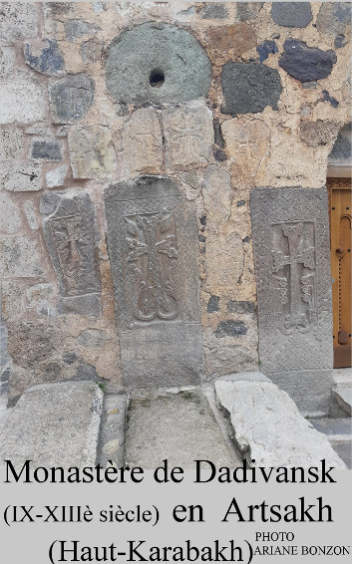The Arab League’s near-unanimous vote to suspend Syria’s membership after eight months of crackdowns on anti-government protestors is being greeted as a game-changer by the West. It recalled a similar action earlier this year when the League suspended Libya’s membership, thus paving the way for the NATO airstrikes that eventually helped bring down Muammar Gaddafi’s regime. European militaries took the lead in the campaign that ousted Gaddafi, while the United States provided critical intelligence and military support. Although calls for similar Western intervention against Syrian President Bashar al-Assad may now appear natural, Syria’s case is much more complex and calls for a different strategy.
In fact, the obstacles to a repetition of a Libya-styled intervention far outweigh the opportunities. Amid the ongoing euro crisis, there are concerns about the cost of another military engagement for the West, and one that would be far more challenging. A United Nations Security Council resolution authorizing military intervention is unlikely, given strong Russian and Chinese support for Bashar al-Assad. The potential for regional and sectarian instability due to Iran’s involvement makes the situation even more combustible. The Syrian opposition has demonstrated its ability to mobilize and has received critical support from some Western countries, yet it is disorganized and presents no leadership with which to partner. Given these impediments, the Arab League’s action may be the best opportunity for the transatlantic community to encourage and facilitate the removal of Assad’s regime.
Recent decisions by the transatlantic community seem to acknowledge this reality. EU High Representative Catherine Ashton has signaled that European military strikes against the Syrian government are unlikely for now. Meanwhile, the EU increased economic pressure by blocking Syrian access to the European Investment Bank (EIB), which could deprive the Assad government of hundreds of millions of euros in EIB loans, and by extending sanctions against Syrian individuals and companies associated with the regime. Taken in combination with the United States’ sanctions and Turkey’s newly antagonistic stance on the Assad regime, the EU’s efforts are an important step in the right direction.
The result is a policy that may be a harbinger of a new approach to regional problems. The Arab League is taking ownership of problems in its own back yard, instead of delegating to Western powers. As for the EU, much like the United States in the context of the Libya intervention, Europe finds itself “leading from behind” in the action against Syria, choosing to shape the political environment through its support for the Arab League’s decision. This suggests a model for foreign policy decision-making that advances European interests at a time when getting its own fiscal house in order continues to be its own greatest priority. Furthermore, supporting the Arab League allows it to take greater ownership in its own region while giving Damascus time to figure out an orderly succession plan for Assad.
This strategy is not without both short-term and long-term risks. Thousands of government supporters attacked the embassies and consulates of Turkey, Qatar, Saudi Arabia, and France in Syria after the Arab League decision was announced, and violence continues across the country. The regime, together with its Iranian, Chinese, and Russian supporters, is counting on the implosion and/or subversion of the opposition. In the midst of further tension between Israel and Iran over the latter’s nuclear program, a military, political, or economic meltdown in Syria would reverberate throughout the Middle East and Europe.
Still, the action taken by the Arab League is an important first step in reflecting its greater resolve in the aftermath of the Arab Spring uprisings. Supporting this with concrete actions, such as sanctions and public statements underlining the transatlantic community’s commitment to work with the Arab League and Turkey in supporting the Syrian people, can be seen as a new model and another step forward in the evolution of a more focused and unified European security strategy.

